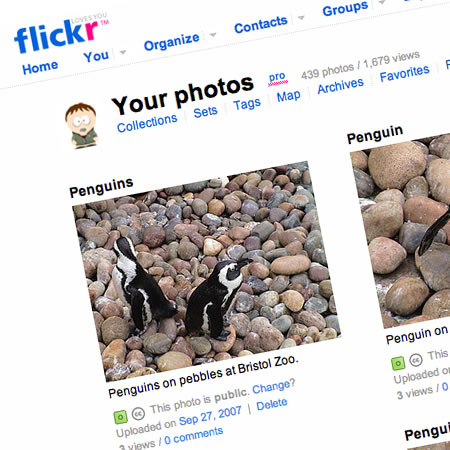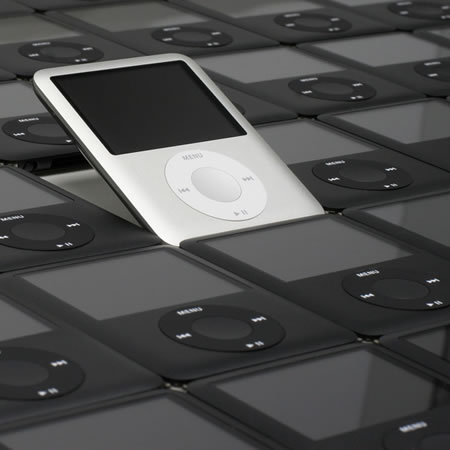If you have read this blog before you will have noticed that I have embedded my Flickr photostream into the blog (look further down the page). You may have even visited my Flickr account and looked at my photographs.

However not everyone knows what an online photo sharing service is and therefore visiting Flickr for the first time may appear daunting.
TASI (Technical Advisory Service for Images) who are funded by the JISC have posted a guide which highlights the advantages and potential issues that using these sites have for educational institutions.
Photo sharing has become increasingly popular in recent years as a means for individuals to publish or distribute their digital images online. As a result, some of the photo sharing sites that host these images have become useful sources of free or low-cost images. Many of these sites also include enough features to be seen as practical tools for managing and organising your own collection of images. This paper looks at the most common features offered by a number of photo sharing sites, highlights the pros and cons of using such sites, and offers some practical tips for both finding images and organising your own images.
Thanks to eNews from the JISC Regional Support Centres in Scotland for the link.




